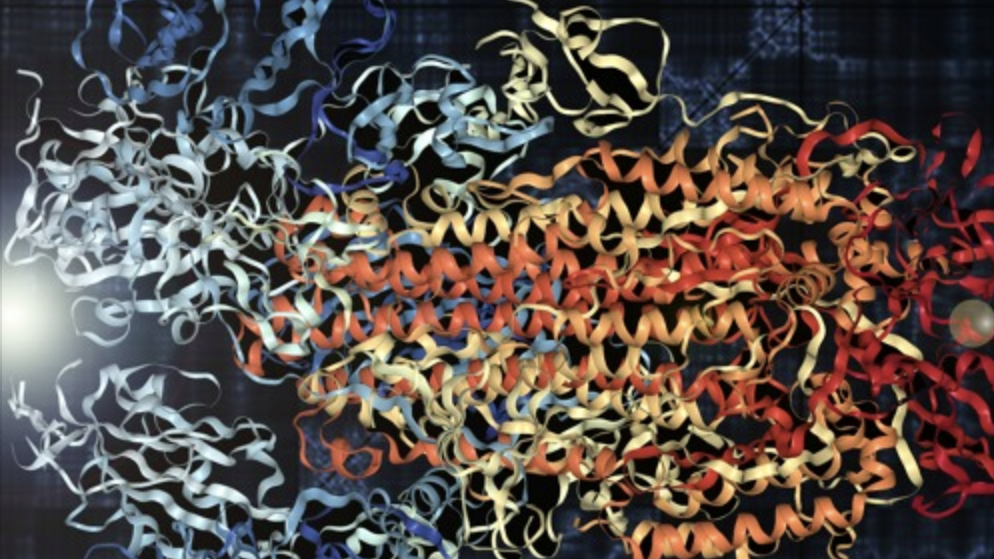Engineers have turned COVID-19's unique 'crown' protein structure into music
How does the coronavirus sound? Like this, actually.

Thanks to a series of images populated on news sites, a sphere covered in tiny 'crowns' has given us a pretty conclusive idea of what COVID-19 looks like. One thing we didn’t know about the coronavirus until now, however, is what it sounds like.
Now, Professor Markus Buehler, from the Massachusetts Institute of Technology, has actually set the virus to song. But this is no artistic interpretation: Professor Buehler has taken the trademark crown-like protein spikes from the virus’ surface, which loop and fold over one another, and given each one a musical equivalent via artificial intelligence.
The result is near two-hour score. You can hear and share Buehler's Viral Counterpoint of the Coronavirus Spike Protein on SoundCloud, below. And it sounds... melodic – relaxing, even.
But the piece is pure science. The virus strings together amino acids to make proteins in the same way that composers assemble musical strands on different instruments to make symphonies.
The instruments here were the researchers’ choice (a Japanese koto plays the main theme, with bells, strings and flutes all representing different aspects of the spike-like protein) but the rest is all down to nature.
All atoms vibrate continuously, and each amino acid vibrates with characteristic frequencies. Professor Buehler and his team logged the vibrations, assigned each one an instrument and made it audible.
Even the length of the piece isn't altered; it is purely down to the complexity of the virus' proteins and the patterns they create.
Get the What Hi-Fi? Newsletter
The latest hi-fi, home cinema and tech news, reviews, buying advice and deals, direct to your inbox.
Is any of this useful? Yes, actually – there’s more to it than just creating a sonic representation of COVID-19. Understanding the complex proteins and vibrational structure of the coronavirus could be crucial for designing drugs to combat it.
The end goal is to find an antibody which binds more strongly to the virus’ crowns (or coronas) than the human cell.
MORE:
Google and Apple team up for coronavirus tracing app technology
17 of the best live music streams and virtual concerts to watch online
Becky has been a full-time staff writer at What Hi-Fi? since March 2019. Prior to gaining her MA in Journalism in 2018, she freelanced as an arts critic alongside a 20-year career as a professional dancer and aerialist – any love of dance is of course tethered to a love of music. Becky has previously contributed to Stuff, FourFourTwo, This is Cabaret and The Stage. When not writing, she dances, spins in the air, drinks coffee, watches football or surfs in Cornwall with her other half – a football writer whose talent knows no bounds.
